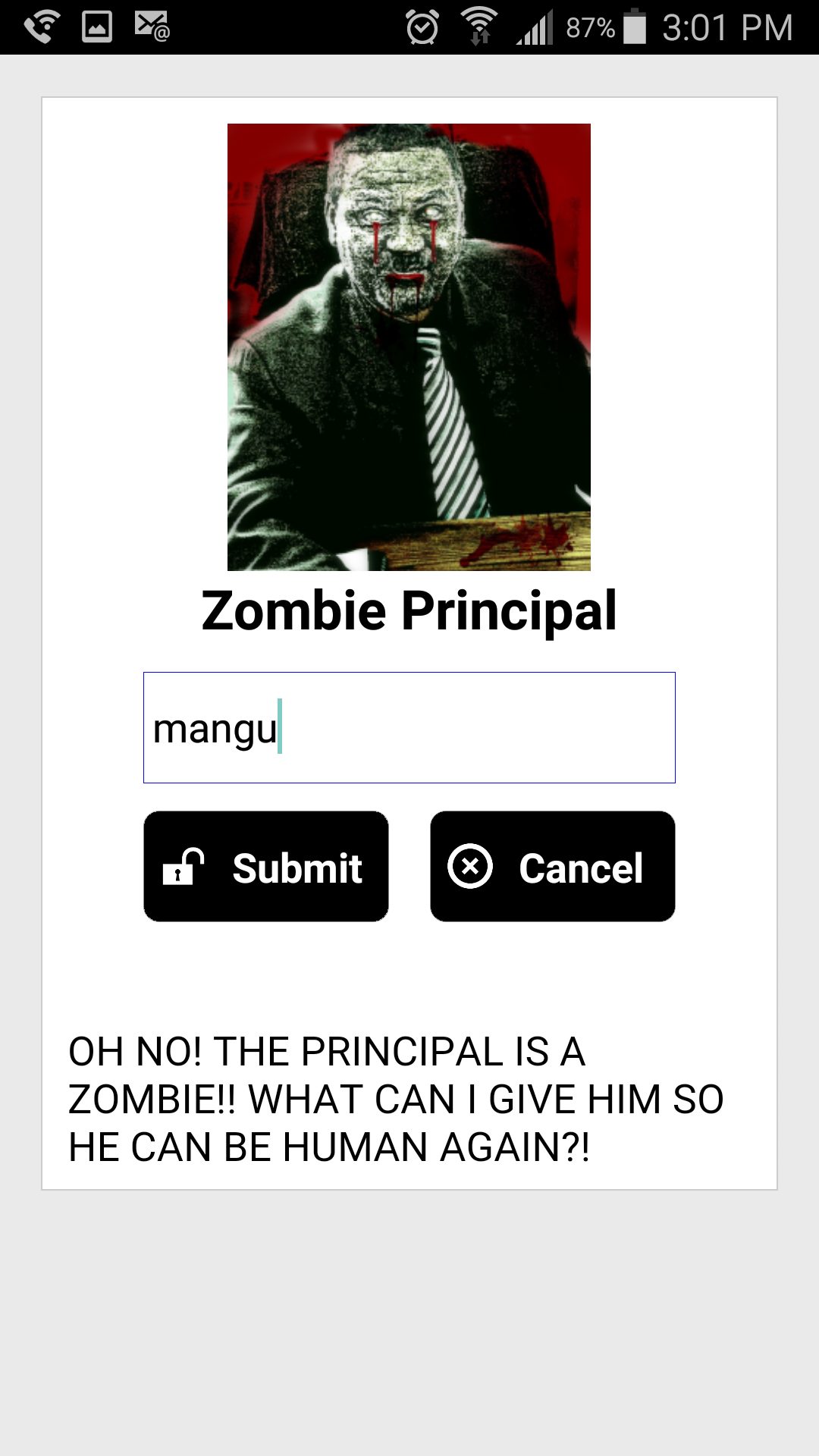TaleBlazer
On 09, Sep 2016 | No Comments | In musings, reflections from the field | By Sara Vogel, PhD.
Leigh Ann DeLyser from CSNYC brought this awesome blog post by Mark Guzdial to my attention today. It summarizes the thesis research of Yogendra Pal called, A Framework for Scaffolding to Teach Vernacular Medium Learners. It was exciting to see language being considered in conversations about CS education, so I wrote a comment replying (probably way too long, but I got excited!). It’s excerpted below…
Now that CS is going universal at the K-12 level all around the country (including in my home city, NYC), we’re going to have to think about the ways that diverse learners, among them emergent bilinguals, encounter CS, which means fields like bilingual ed and CS ed (more or less silo-ed) are going to start talking to each other. Which is exciting!
I think about touchpoints between Yogengra’s practice as you describe it, and what we in bilingual ed would call translanguaging pedagogy — the idea that learners should use their full linguistic repertoires fluidly and flexibly to make meaning in multilingual classrooms — and teachers play a role in facilitating that. The goal was deep CS learning, so videos and class materials in the various languages were, from what I can tell from your summary, helpful for different people in different ways. If the word for a certain technical term doesn’t really exist in Hindi, why bother translating into an overcomplicated word that students won’t use, when the one in English works fine and will be new for everyone? I bet walking into that classroom there’d be a range of diverse linguistic practices heard, with students drawing on English, Hindi, maybe even other languages, and programming languages as they negotiated content with each other and the professor. At least I know that’s what happened in my multilingual Scratch after-school program in the South Bronx! All bilinguals are different, exhibiting a range of competencies. Those competencies have to be incorporated, so that their language practices can be tools for meaning-making.
In my mind, good practice with emergent bilinguals is not just about providing opportunities for students to use their home language to scaffold CS tasks, but to really engage with the strengths of these students and what they bring.

 Students’ linguistic backgrounds, for instance, inform them as they imagine truly original coding projects — my students in East Harlem a couple years back designed and coded a video game with the MIT-created blocks-based software, TaleBlazer, in which you had to save the principal from turning into a zombie by giving him the traditional Dominican dish, Mangu.
Students’ linguistic backgrounds, for instance, inform them as they imagine truly original coding projects — my students in East Harlem a couple years back designed and coded a video game with the MIT-created blocks-based software, TaleBlazer, in which you had to save the principal from turning into a zombie by giving him the traditional Dominican dish, Mangu.
We have to welcome all opportunities for kids to draw on their linguistic and cultural backgrounds in and through CS for CS programming to have the most impact.


